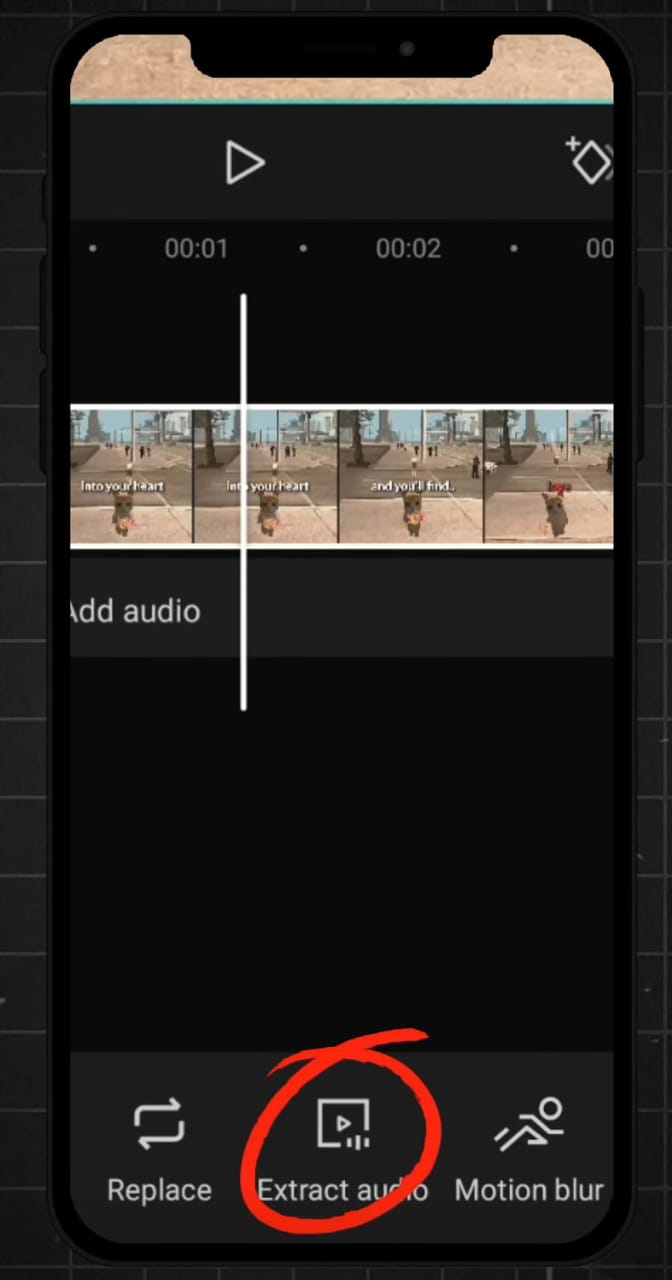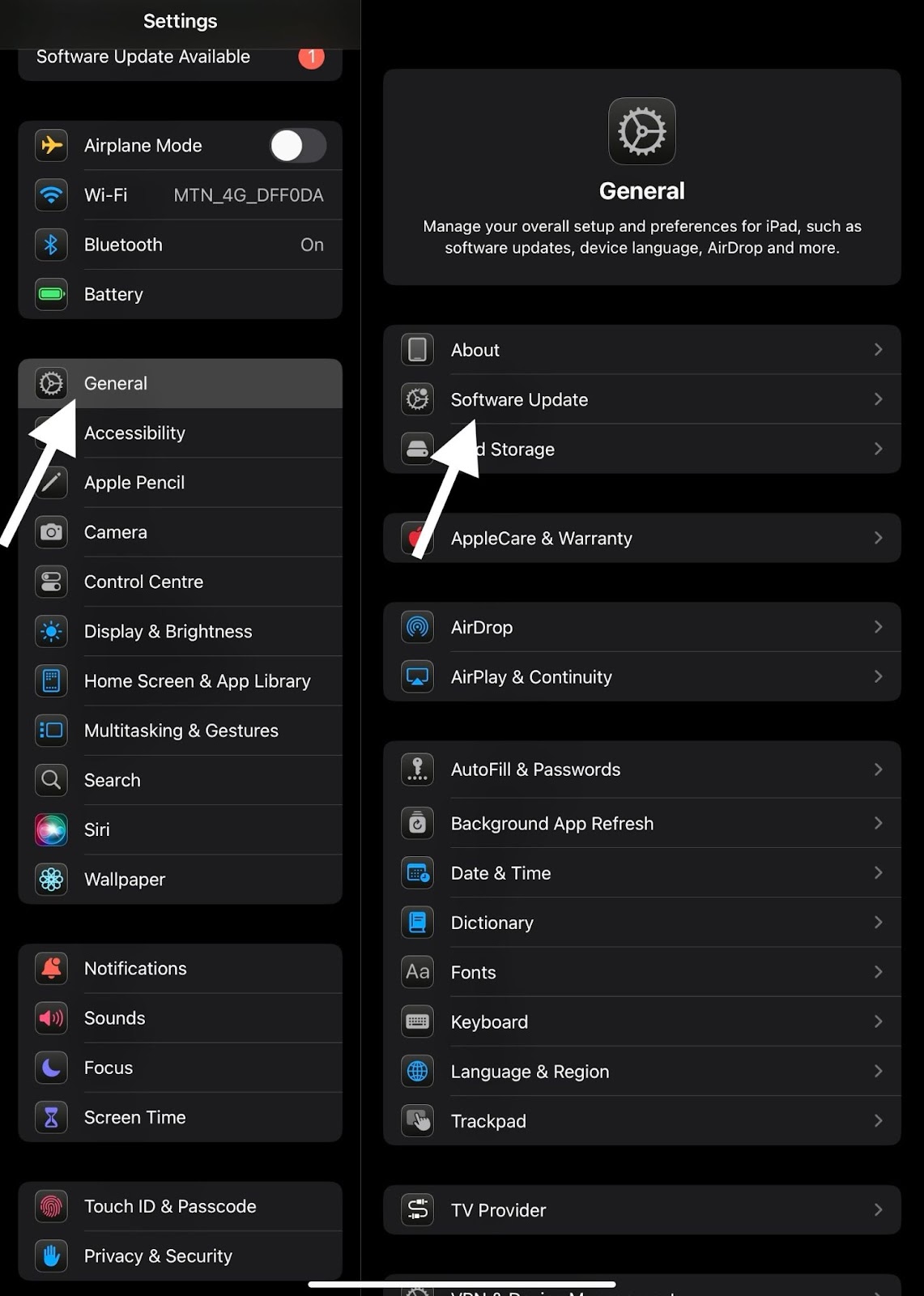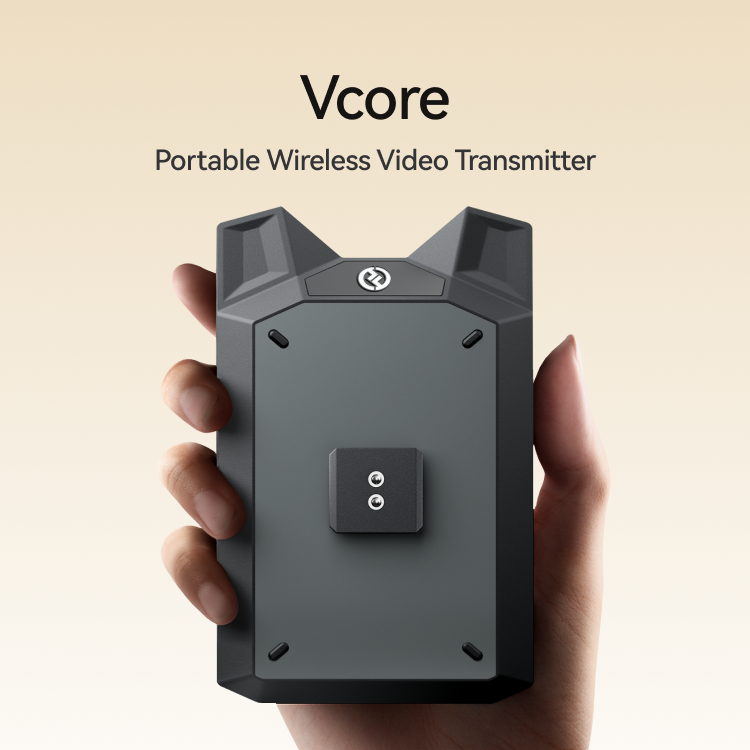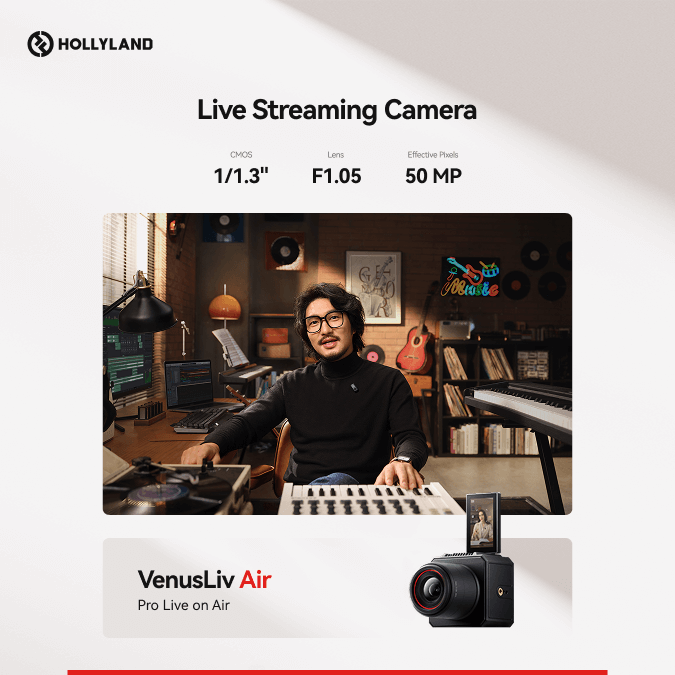Getting the perfect microphone setup for your acoustic guitar can make a major impact if you’re recording in your bedroom, jamming live, or laying down tracks for your next big song. You may often struggle with recordings that are dull, tinny, or muddy, which do not adequately capture the essence of your playing.
This article will walk you through everything you need to know to mic your acoustic guitar properly, from picking the right microphone to placing it where it makes your guitar sound its absolute best.
Why Mic an Acoustic Guitar Instead of Using Pickups
Unlike electric guitars, acoustic guitars create sound through natural resonance inside their wooden body. That means the way you capture the sound can totally change how it feels and sounds on a recording or live mix.
Your mic placement and choice will shape whether the recording is warm and full-bodied, bright and crisp, or muddy and lifeless. So, taking time to understand mic placement is one of the quickest ways to make your guitar recordings stand out.
Best Microphones for Recording Acoustic Guitar
Before we talk about placement, let’s quickly cover the types of microphones you should consider:
- Condenser microphones are the most popular choice for recording acoustic guitars because they’re super sensitive and catch a wide range of sounds, which brings out all the rich tones of your strings. So, start here if you want clear direction on what mic to use.
- Dynamic microphones, on the other hand, are tougher and more effective if you are playing live. They’re durable and ideal for live gigs, but they don’t capture as much detail as condensers.
- Ribbon microphones provide a smooth, old-fashioned vintage sound. They sound amazing, but they can be more fragile and expensive. If you are a beginner, this may not be your first pick.
For most home studios, a small-diaphragm condenser mic is ideal; it’s responsive and excellent at capturing the clarity and brightness of the guitar.
Best Mic Placements for Your Acoustic Guitar
Placement is everything. The placement of your microphone dramatically changes the sound of your guitar. Here is what to try:
- Around the 12th fret: This spot is called the classic for a reason because it sits right between the sound hole and the neck, so when a mic is placed there, you capture both the warm, resonant body tone and the bright, detailed string tones.
Place your mic about 6 to 12 inches from where the neck meets the body, right about the 12th fret. This placement will help you capture a well-rounded tone that is natural, balanced, and blends the depth of the body. Tilt the microphone towards the neck for a thinner vibe or towards the sound hole if you prefer something fuller.

- Towards the bridge: Placing the mic near the bridge brings out the crisp attack of your picking and strumming. It gives you that sharp, percussive edge, but go too close, and it might start to sound harsh or tinny. Also, keep in mind that this position focuses more on the body, so you might miss some of that sparkling detail from your fretting hand up the neck.

- Use two mics for more depth
If you’re looking for a fuller sound, this should be your go-to option. Try a stereo setup with two microphones, one near the 12th fret and another near the bridge or sound hole. This setup captures both body resonance and string detail. It also adds dimension and makes your recording feel more alive.
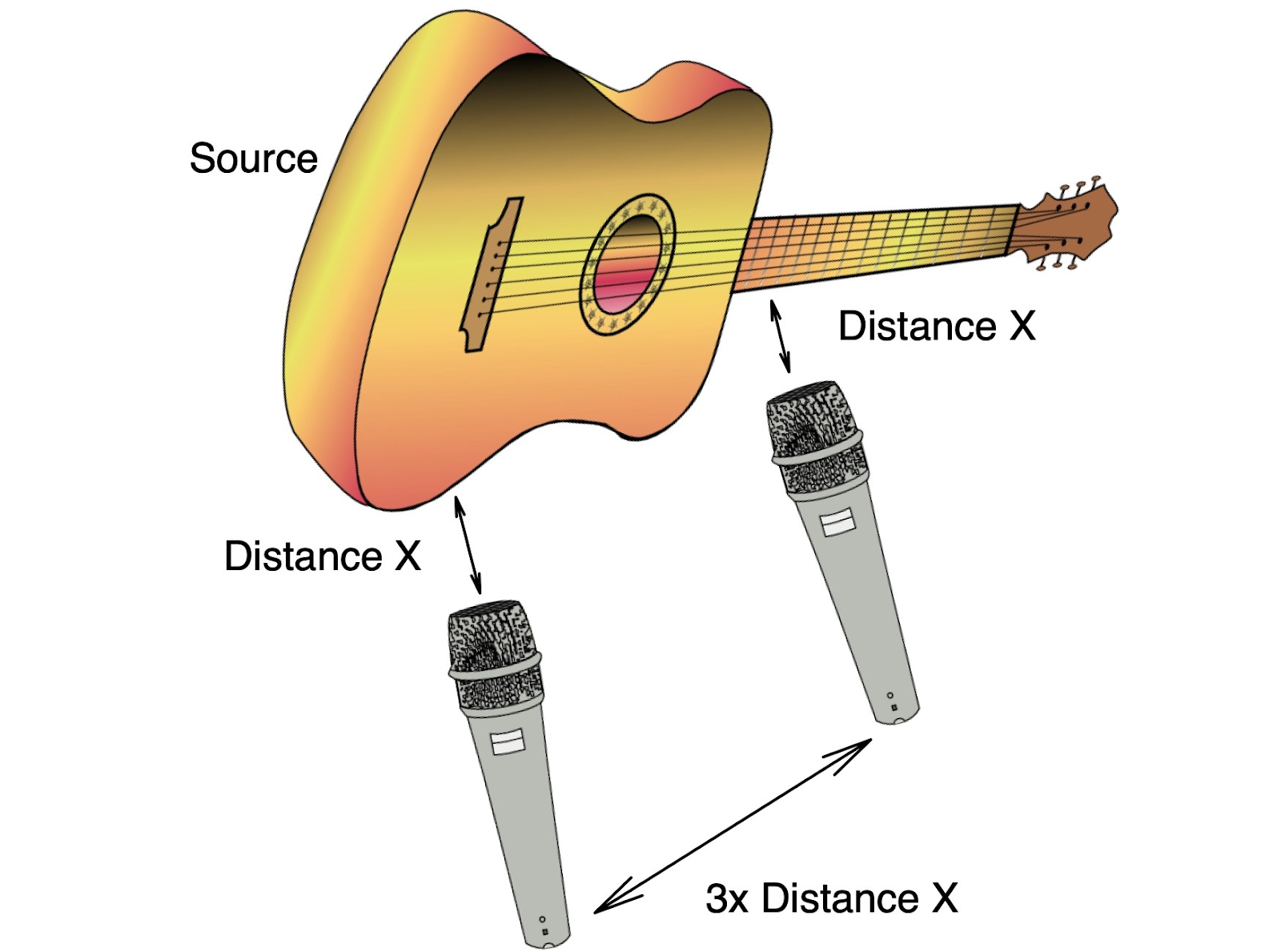
- X-Y at the 12th Fret
If you’re going for a clean stereo image without worrying too much about phase issues, the X-Y technique is a great choice. All you have to do is place two small-diaphragm condenser mics at the 12th fret, with the capsules as close together as possible, but angled away from each other at about 90 degrees.
This setup gives you a balanced stereo sound, clear, natural, and focused, without picking up too much room noise. It’s especially great if you’re recording in a space that isn’t perfectly treated.
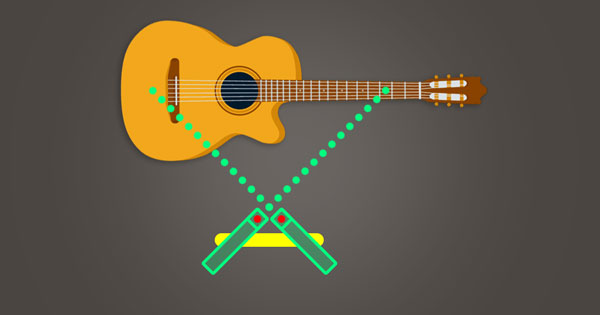
Tips for Getting the Best Acoustic Guitar Recording
- Consider your room: Room acoustics affect your guitar tone. Soft furnishings and minimal echo will give you a cleaner recording. If your space is too reflective, use some blankets or acoustic panels.
- Keep background noise to a minimum: Turn off fans, close windows, and put your phone on silent. Acoustic recordings pick up a lot of ambient sounds.
- Experiment with distance: Moving the mic just a few inches can change your sound dramatically, so don’t be afraid to adjust.
- Use a pop filter or foam shield: This helps reduce unwanted plosives or breath noises, especially if you’re close-miking.
Conclusion
At the end of the day, your gear and mic placement are just tools, it’s your playing that brings the magic. A well-mic’d guitar won’t fix sloppy technique, and even a basic setup can shine if you’re playing with intention.
So yes, experiment with different microphones and positions, but also keep practicing, listening, and learning what makes your tone special. Great recordings start with outstanding performances. Trust your ears, stay curious, and let your sound grow with you.
FAQs
Q: Can I use a USB mic to record my acoustic guitar?
A: Yes, if you’re just getting started or working with a tight budget, a good USB condenser mic can still deliver decent results. Just make sure you position it carefully (usually around the 12th fret) and record in a quiet space.
Q: How do I mic an acoustic guitar and vocals at the same time?
A: This requires smart placement. Use one mic angled toward your mouth and another near the guitar’s 12th fret. Try to minimize mic bleed, or use a figure-8 mic in a Mid/Side or Blumlein setup for better separation.
Q: How do I mic a guitar for fingerstyle vs. strumming?
A: For fingerstyle, place the mic closer to the fretboard (around the 12th–14th fret) to catch those bright, delicate details. For strumming, shift slightly toward the body to get a fuller, rounder sound without harsh highs.
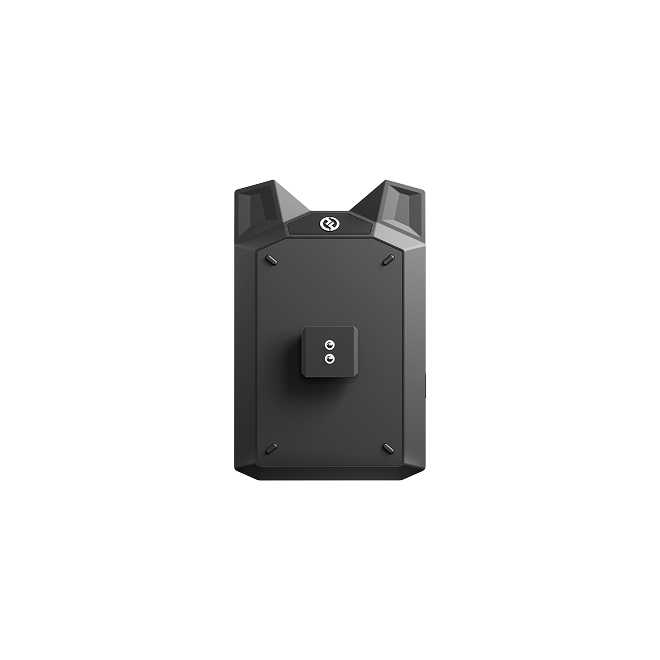

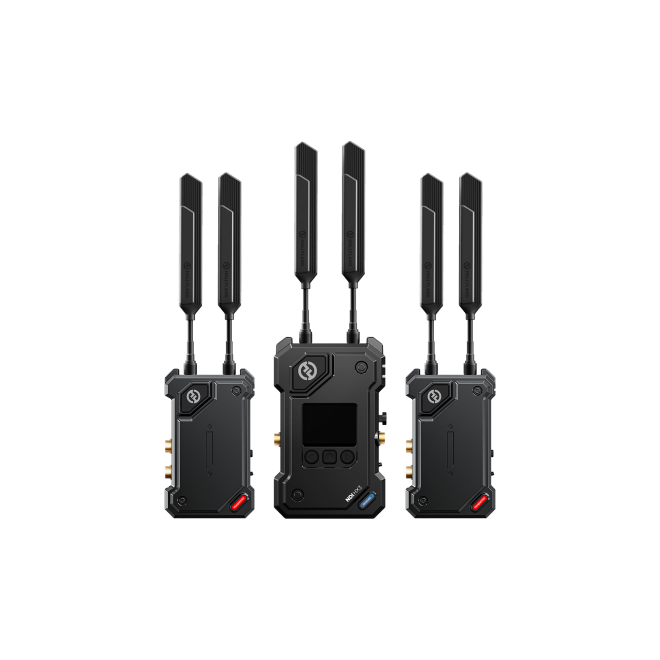
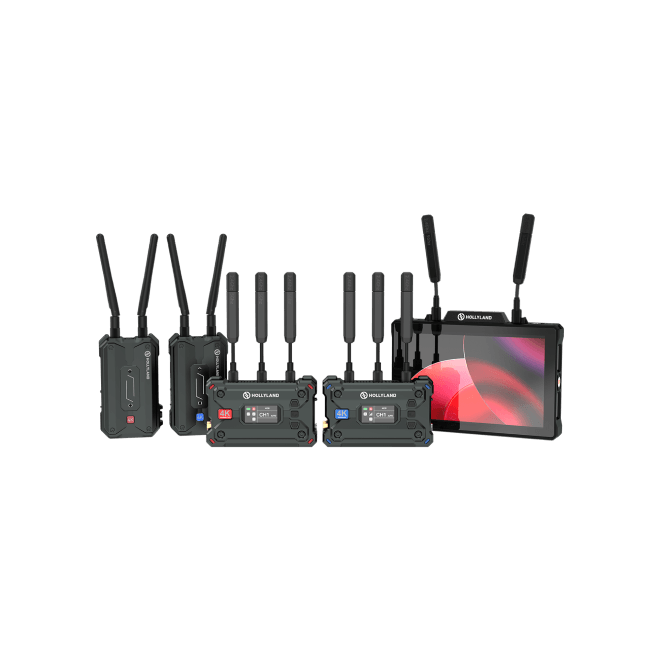
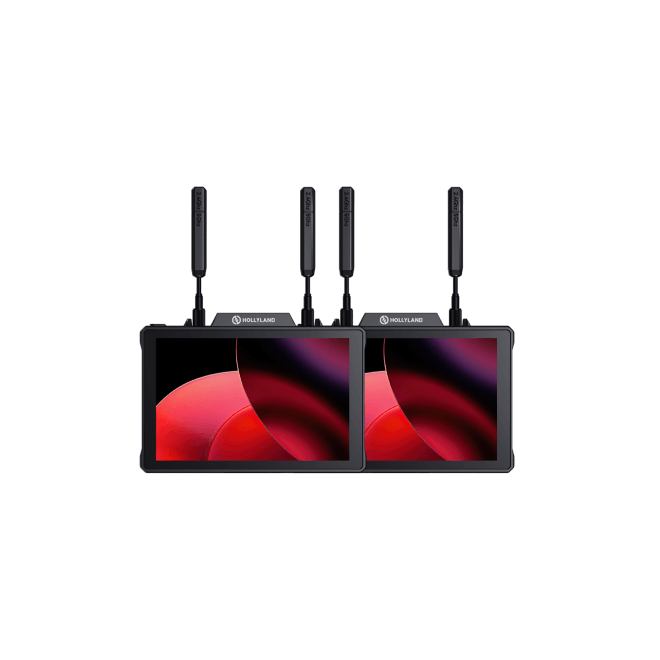
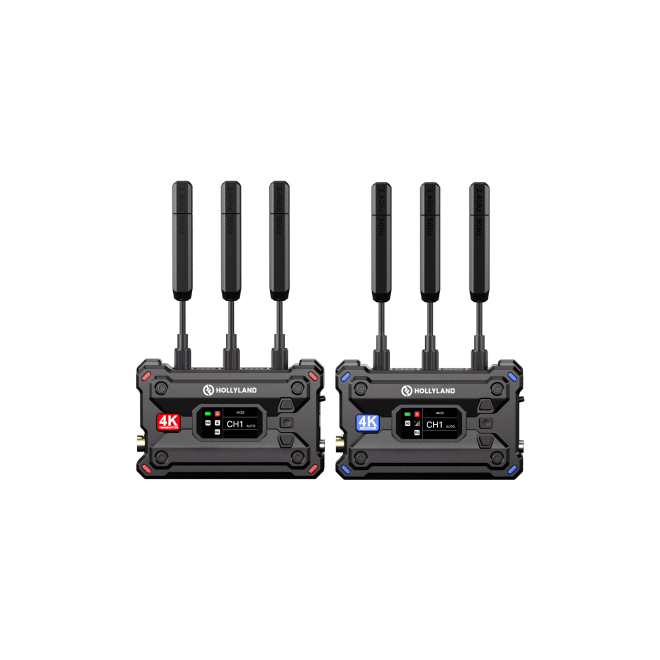
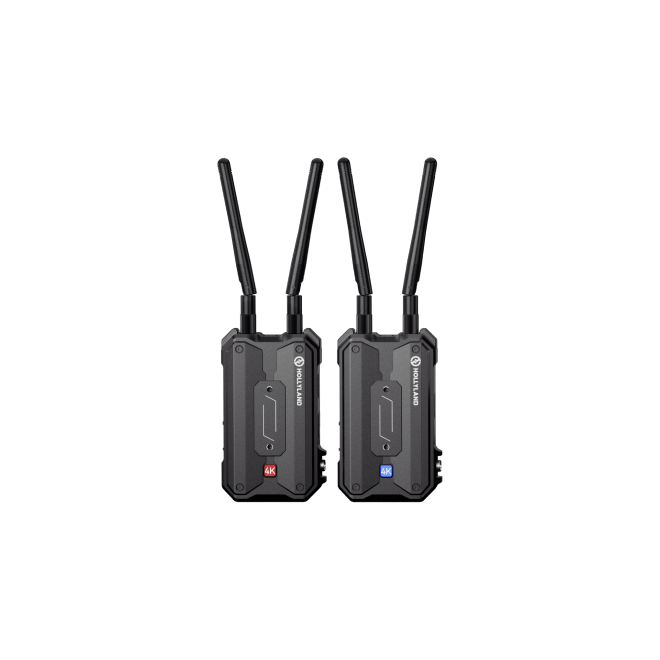
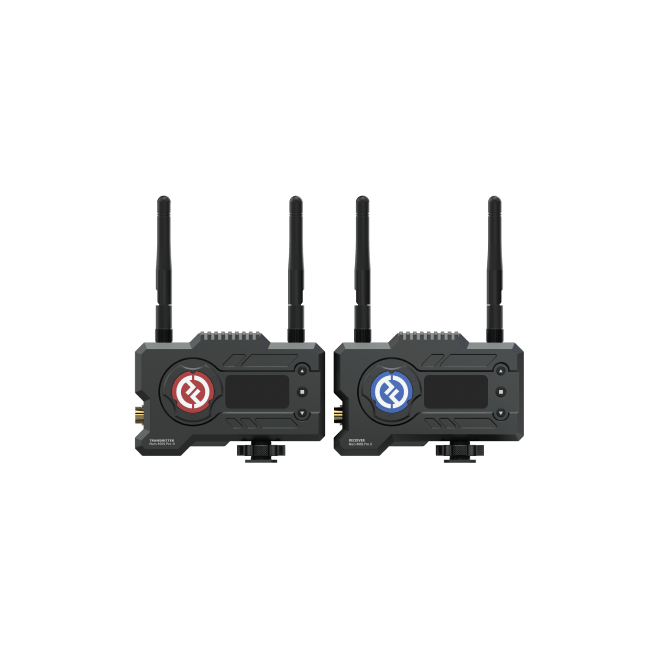
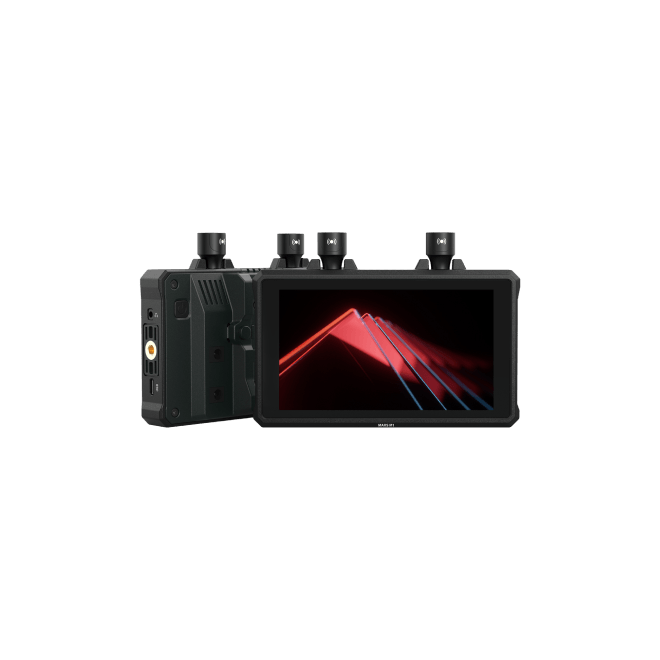
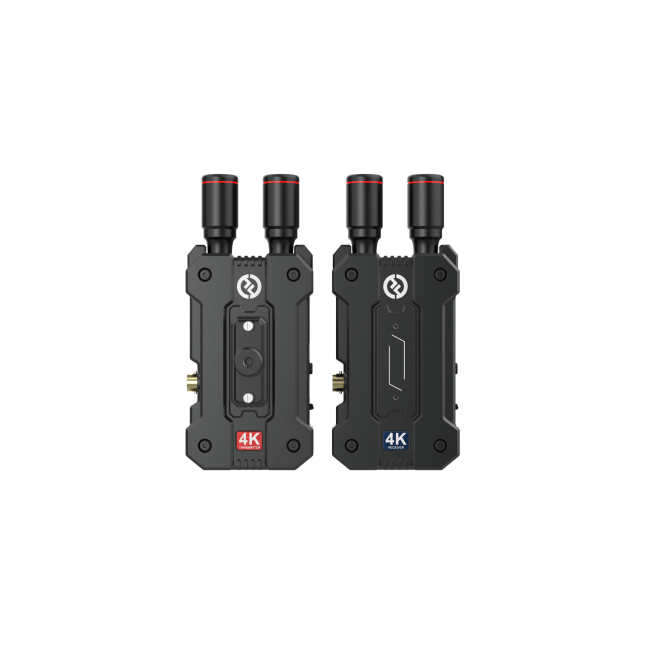
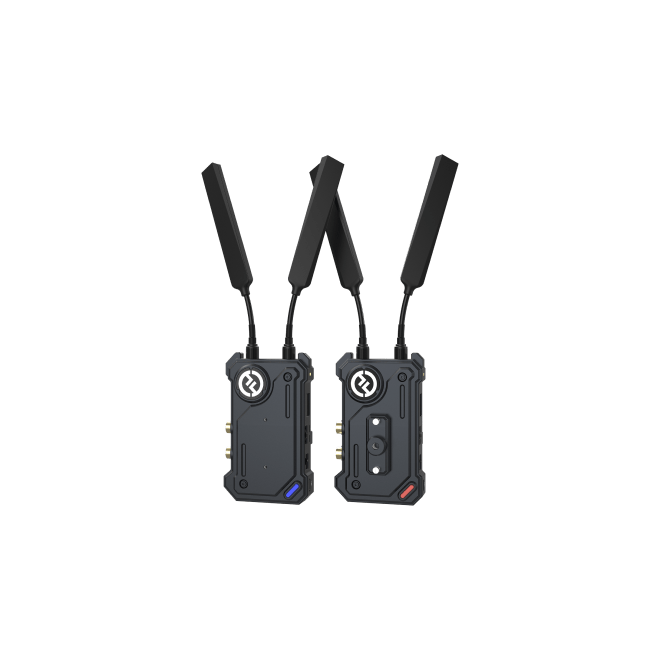
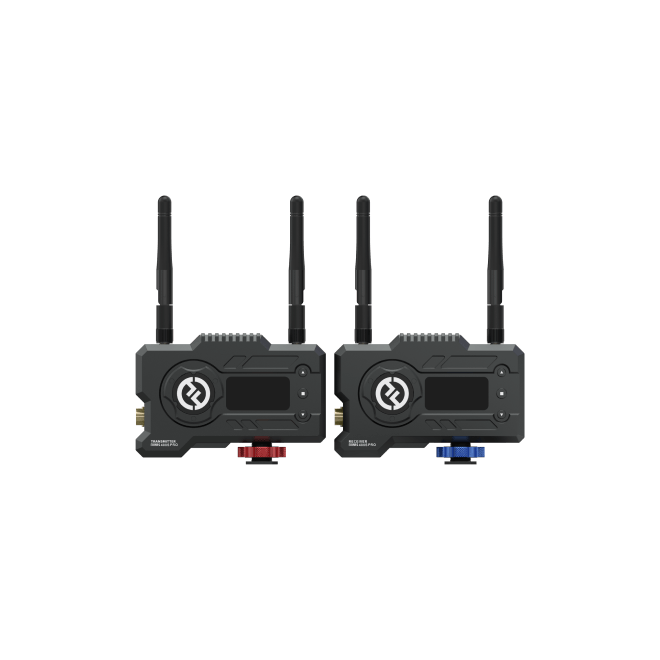
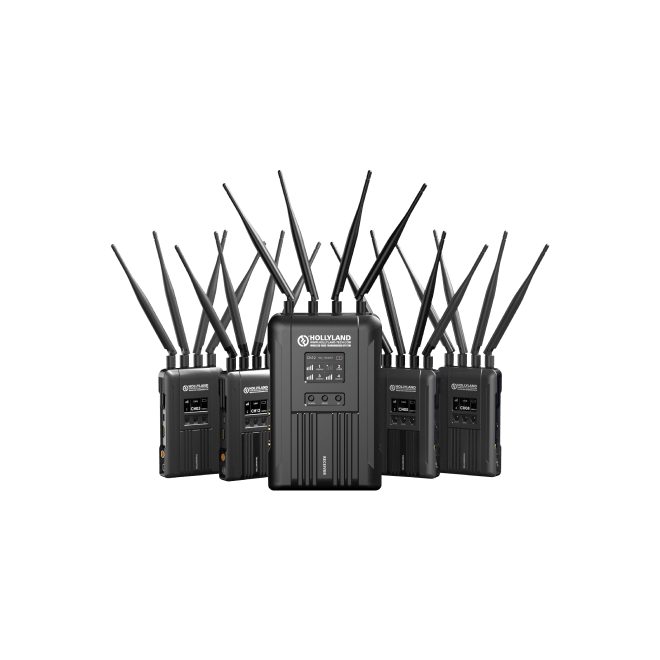
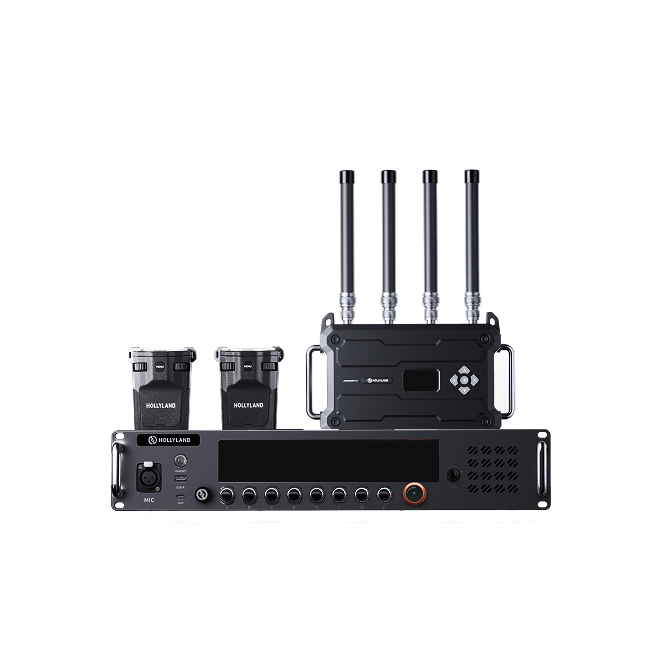

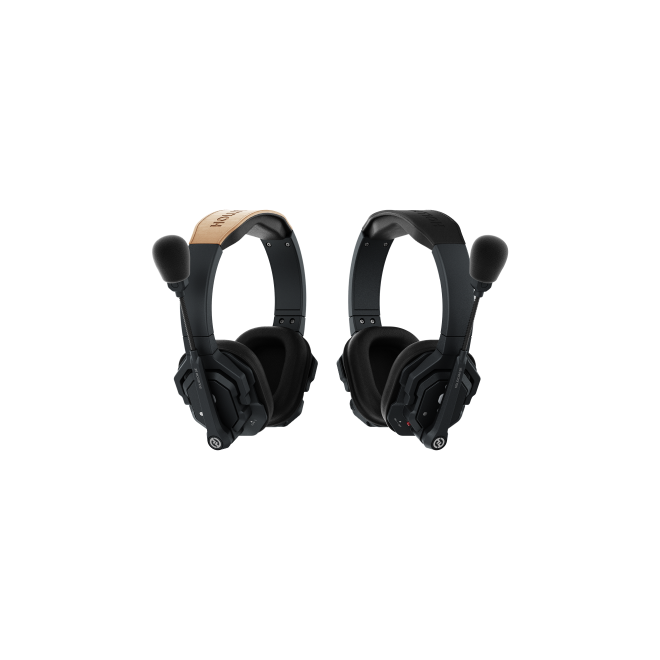

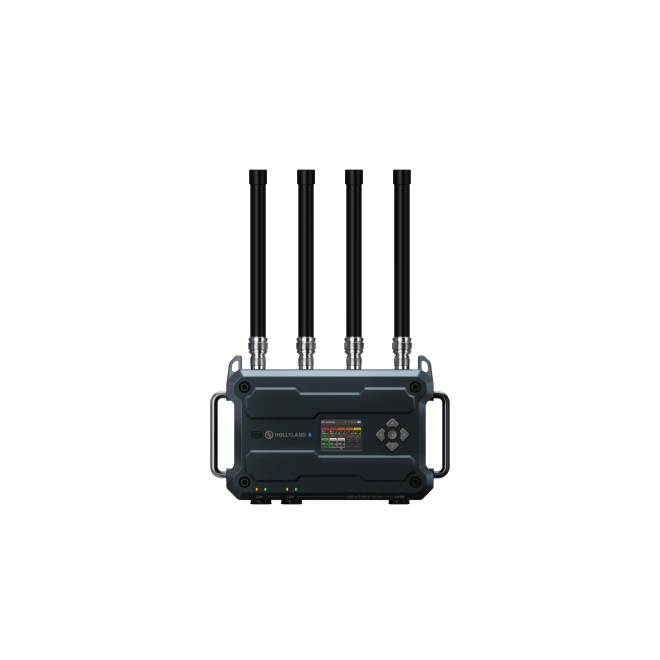
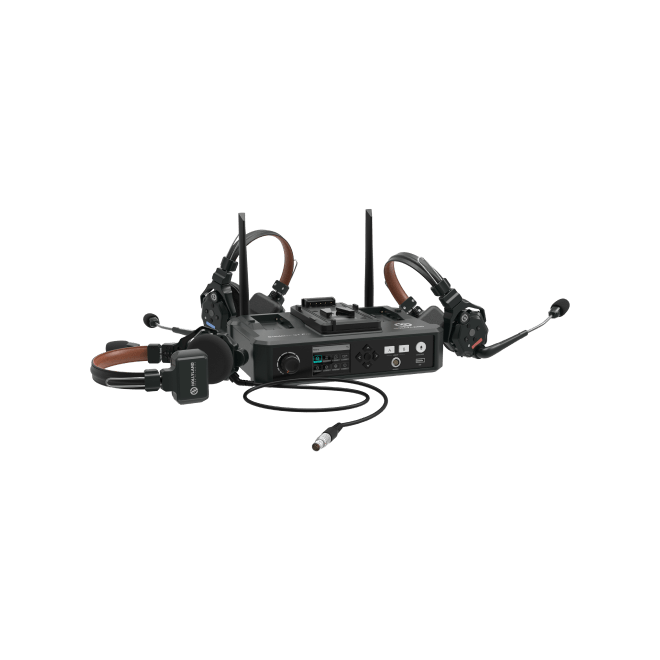
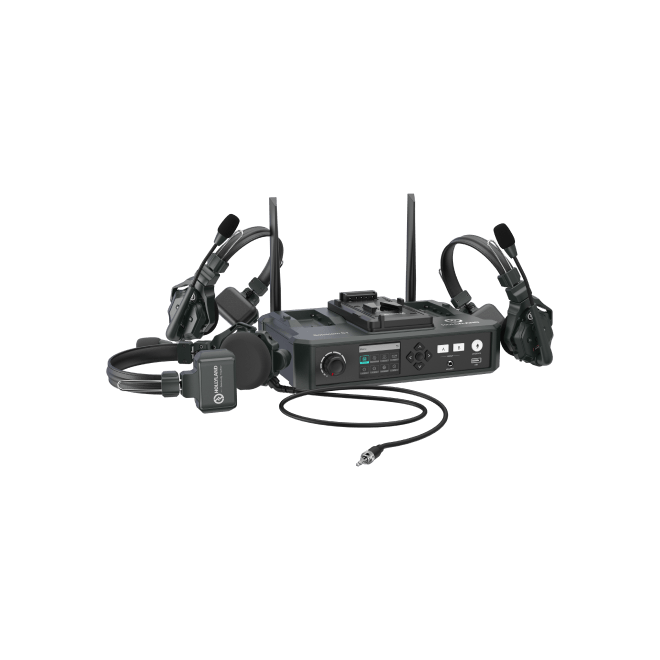
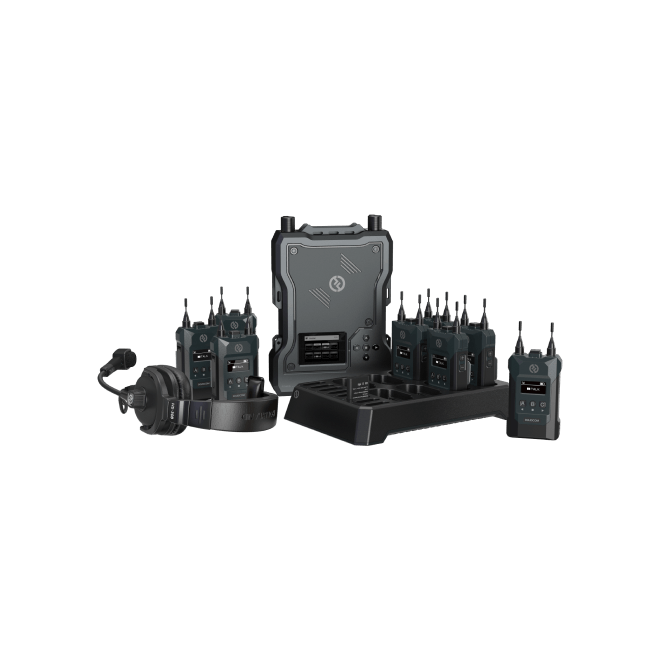
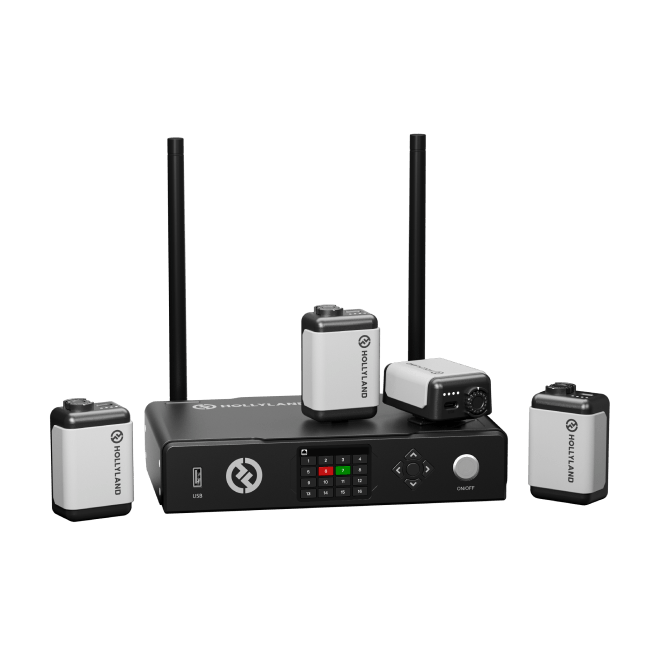
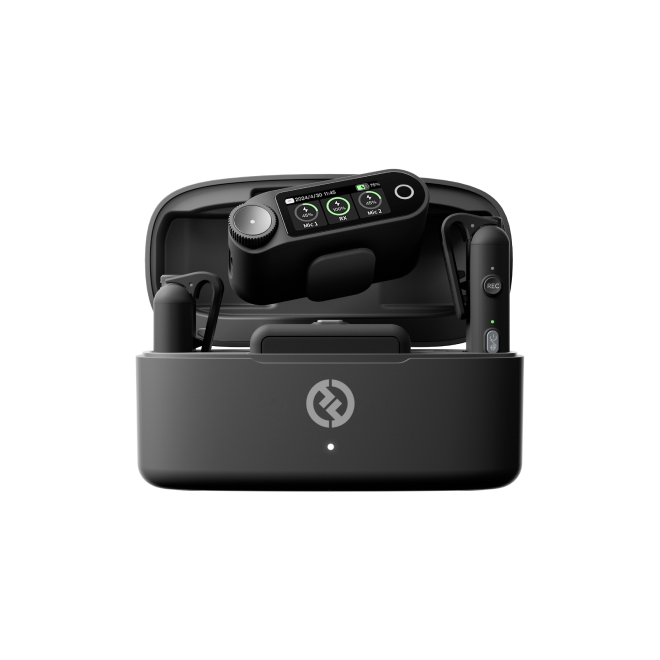
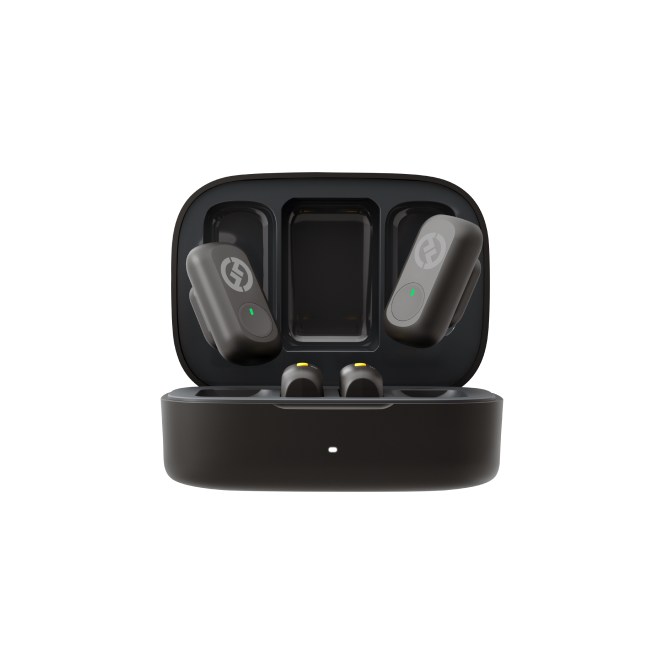

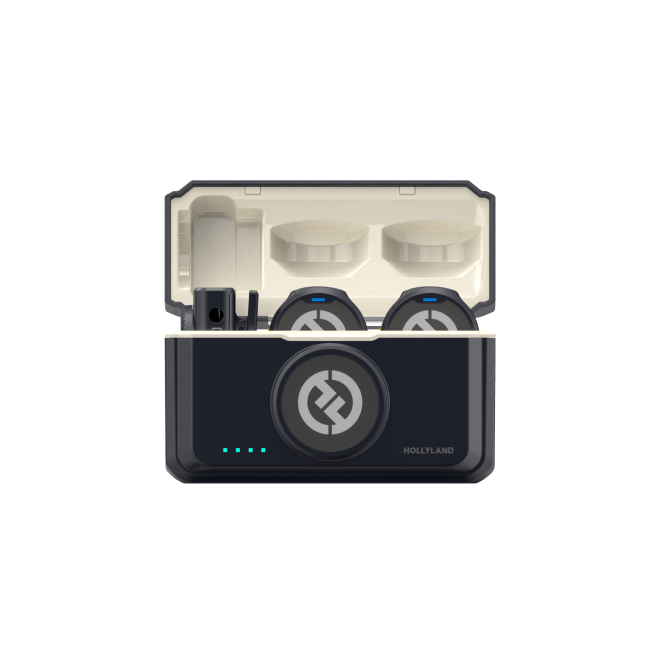
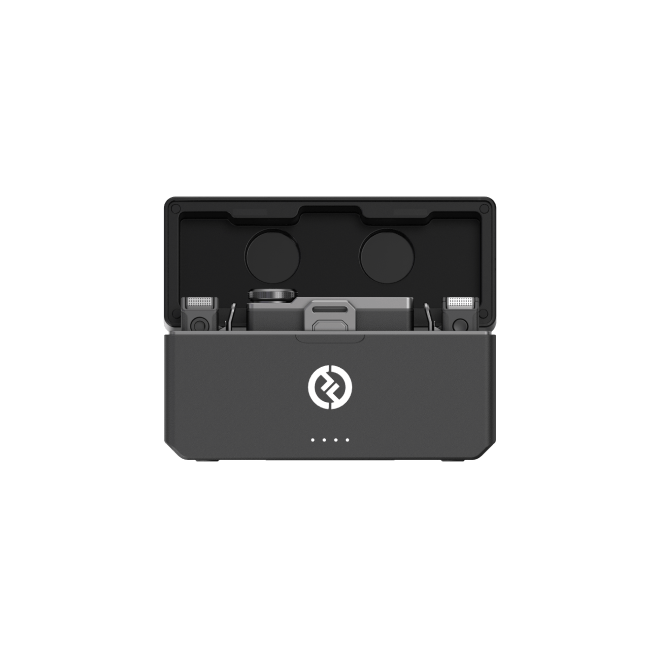
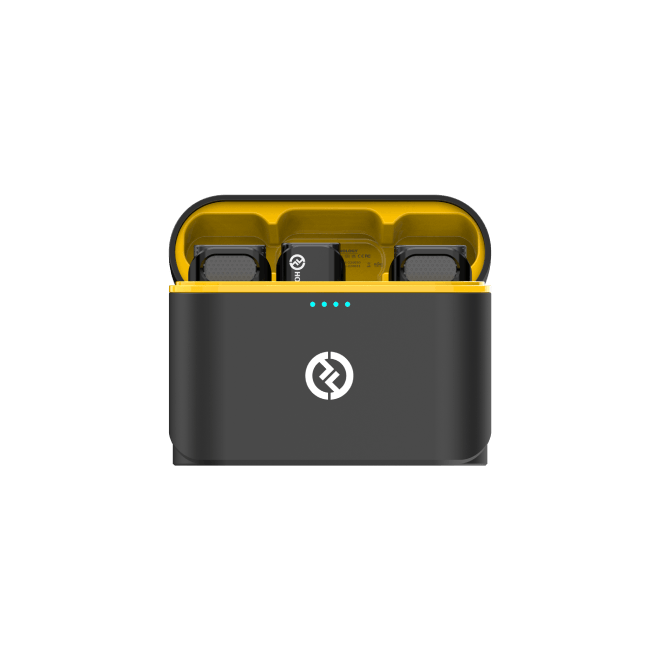
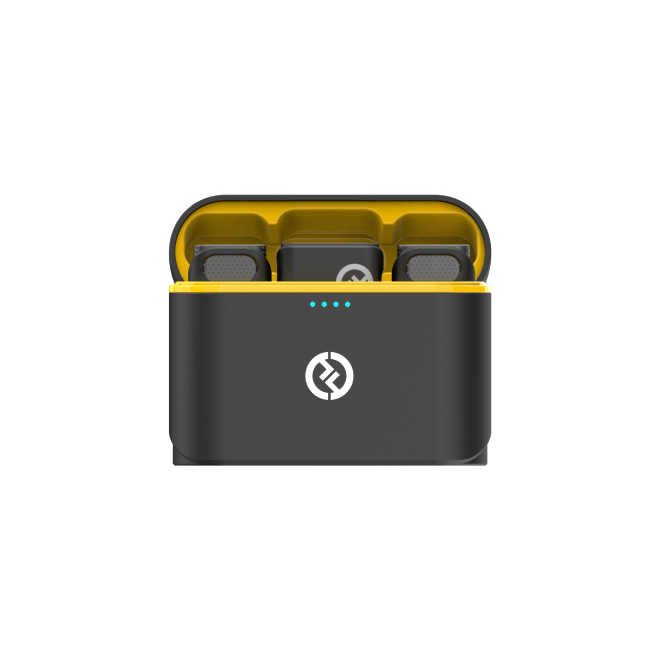
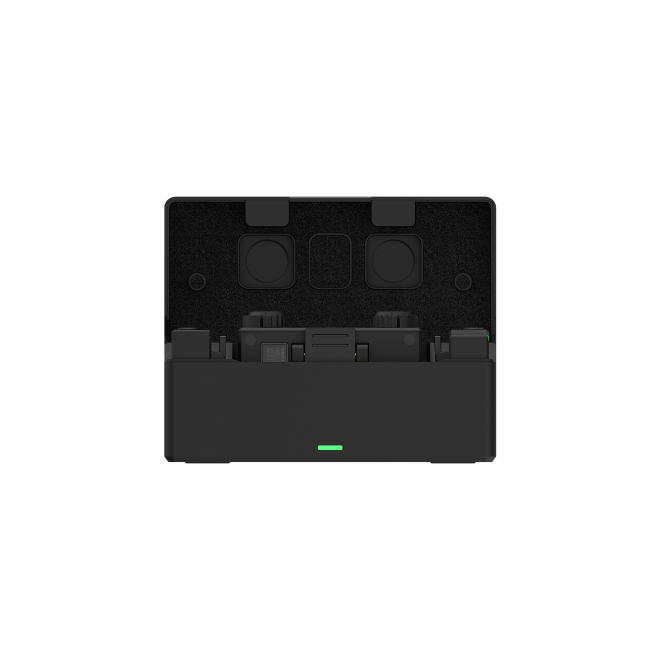
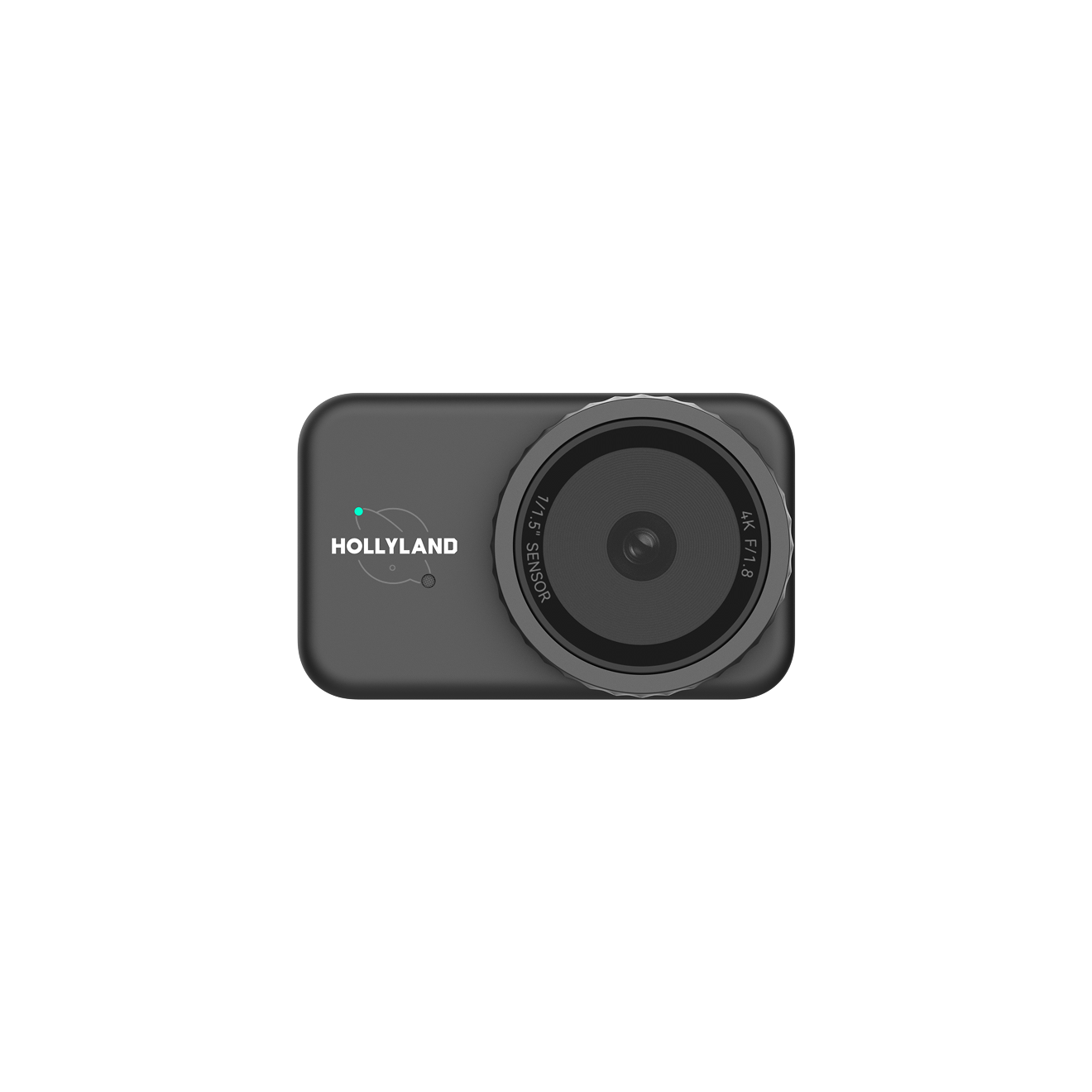

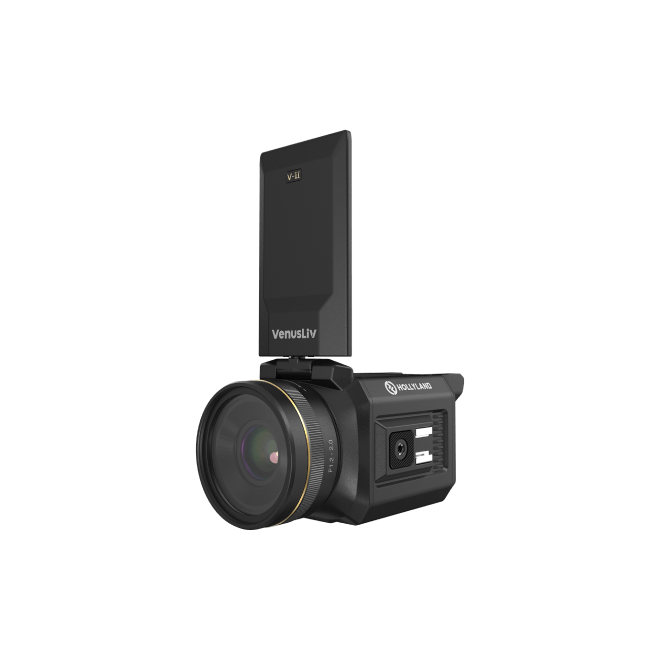
.png)



